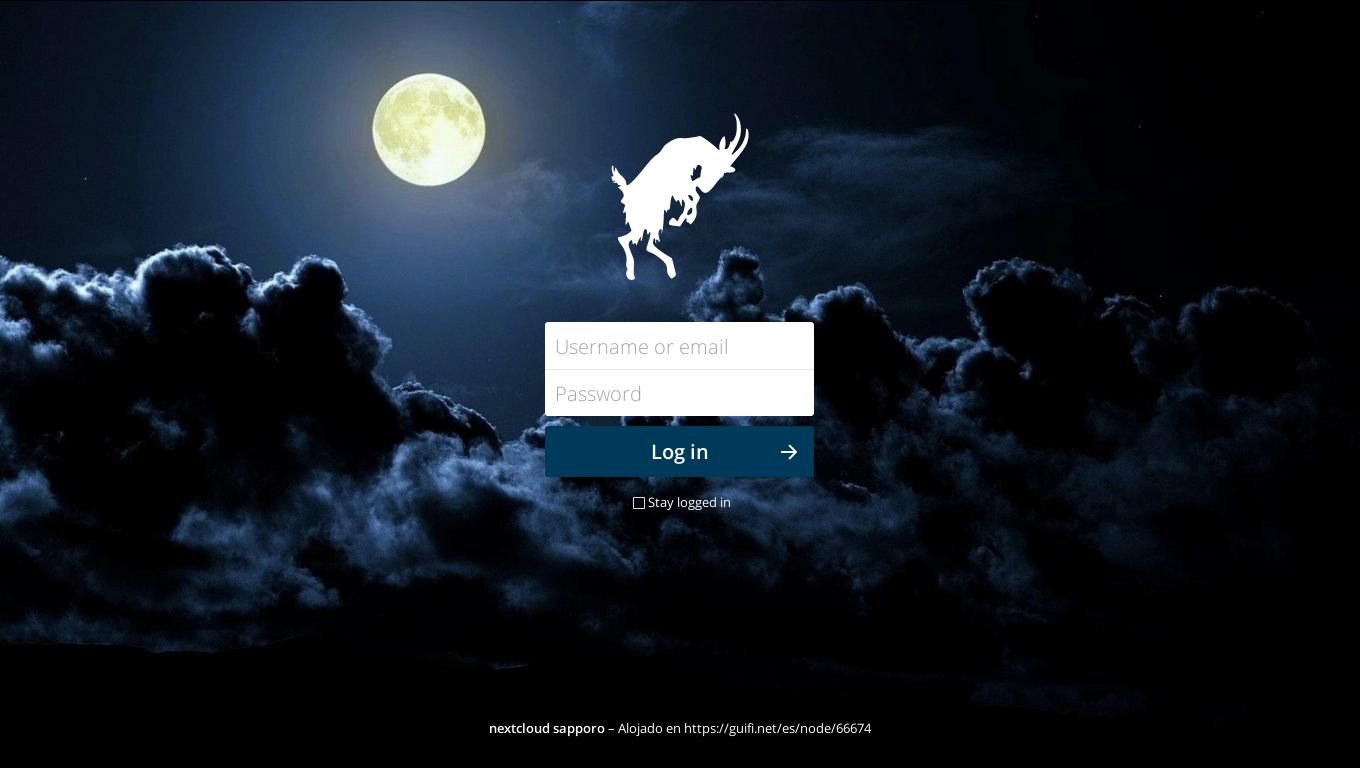
ADD NEXTCLOUD REPOSITORY
Add the Nextcloud repository in the /etc/apt/sources.d/nextcloud.list
|
|
Install release key of Nextcloud repository:
|
|
And run apt-get update to download the list of packages.
|
|
INSTALL NEXTCLOUD CLIENT
Install Nextcloud server with:
|
|
INSTALL NEXTCLOUD SERVER
INSTALL POSTGRESQL AND SETUP NEW USER & DATABASE
Install PostgreSQL with:
|
|
- The PostgreSQL package will install all required dependencies.
- Choose «y» to start the installation.
- Add a PostgreSQL database
- The next step is to create a PostgreSQL database for nextcloud.
- Login to PostgreSQL on the commandline by running this command:
|
|
Enter the following commands to create a database user with the name «nextuser» and and a database name «nextcloud». Replace the word «StorngPasswordHere» with your own password in the commands.
|
|
Install Nextcloud server with:
|
|
When the shell part of the installation is finished, proceed by opening the Nextcloud web installer in your browser. The URL is http://[YOURIP]/nextcloud. In my case the IP is 192.168.1.100 so I enter http://192.168.1.100/nextcloud in my browser to get the installer:
Enter the desired administrator username and password in the login fields. Please choose a secure password and also a username that is not «admin» or «administrator» might be a good choice to make it less easy for attackers to guess your admin login.
Nextcloud is using sqlite as storage engine by default. This is not a good choice performace wise, so I will choose PostgreSQL as database backend. We have created a PostgreSQL database above, enter the details of that database now:
Username: nextuser
Password: The password that you have choosen for the database.
Database name: nextcloud
Hostname: localhost
ACCESS NEXTCLOUD WITH SSL (HTTPS)
The default installation of Nextcloud is not secured by SSL. To enable SSL in your webserver, run these commands:
|
|
Now you can access the web interface with https://[YOURIP]/nextcloud. You will probably get a SSL warning, this warning should be accepted. To avoid such warnings, get a free officially signed SSL certificate e.g. from Startssl (or check LetsEncrypt).
LETSENCRYPT
STEP 1 — DOWNLOAD THE LET’S ENCRYPT CLIENT
The first step to using Let’s Encrypt to obtain an SSL certificate is to install the certbot software on your server. The Certbot developers maintain their own Ubuntu software repository with up-to-date versions of the software. Because Certbot is in such active development it’s worth using this repository to install a newer Certbot than provided by Ubuntu.
First, add the repository:
|
|
You’ll need to press ENTER to accept. Afterwards, update the package list to pick up the new repository’s package information:
|
|
And finally, install Certbot from the new repository with apt-get:
|
|
The certbot Let’s Encrypt client is now ready to use.
STEP 2 — SET UP THE SSL CERTIFICATE
|
|